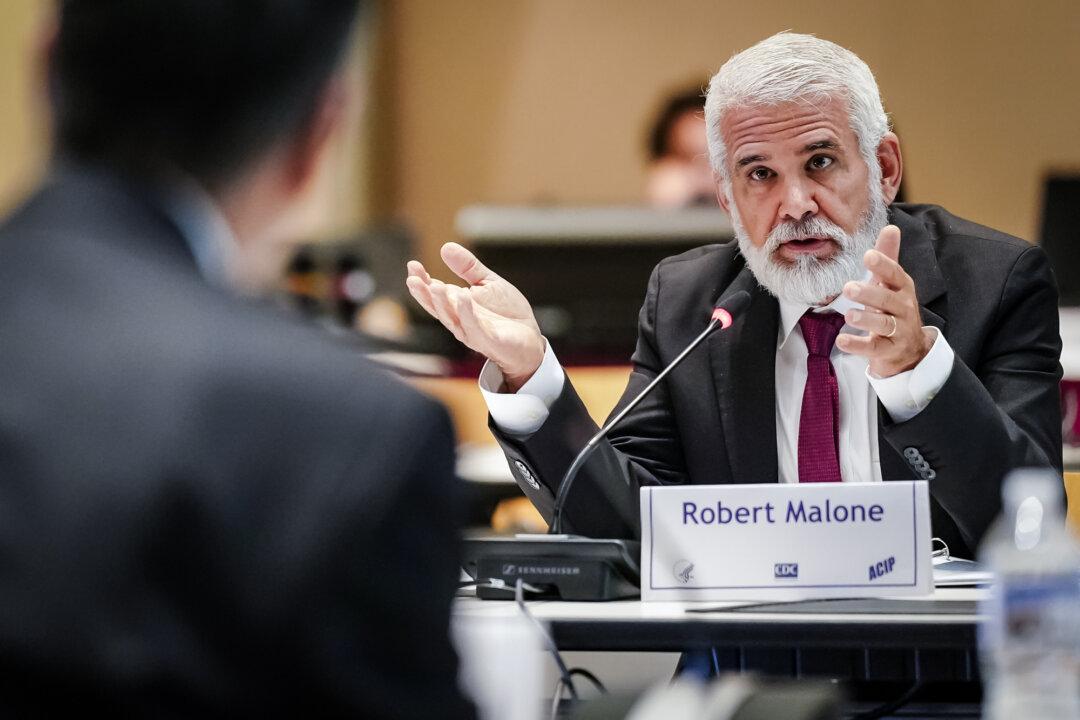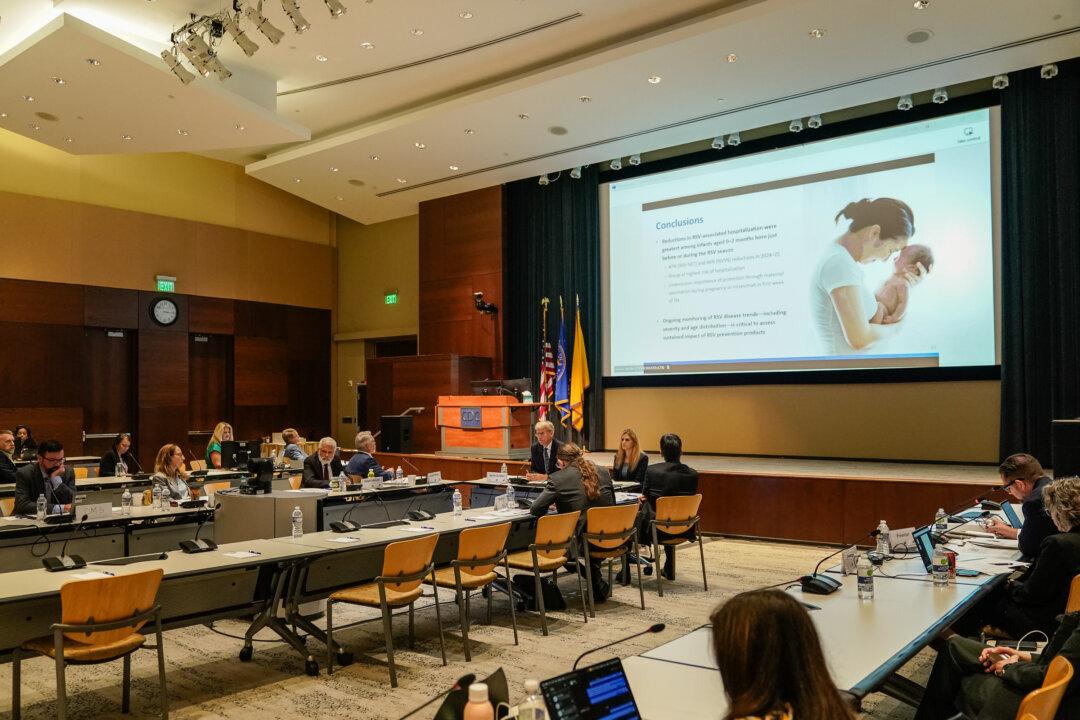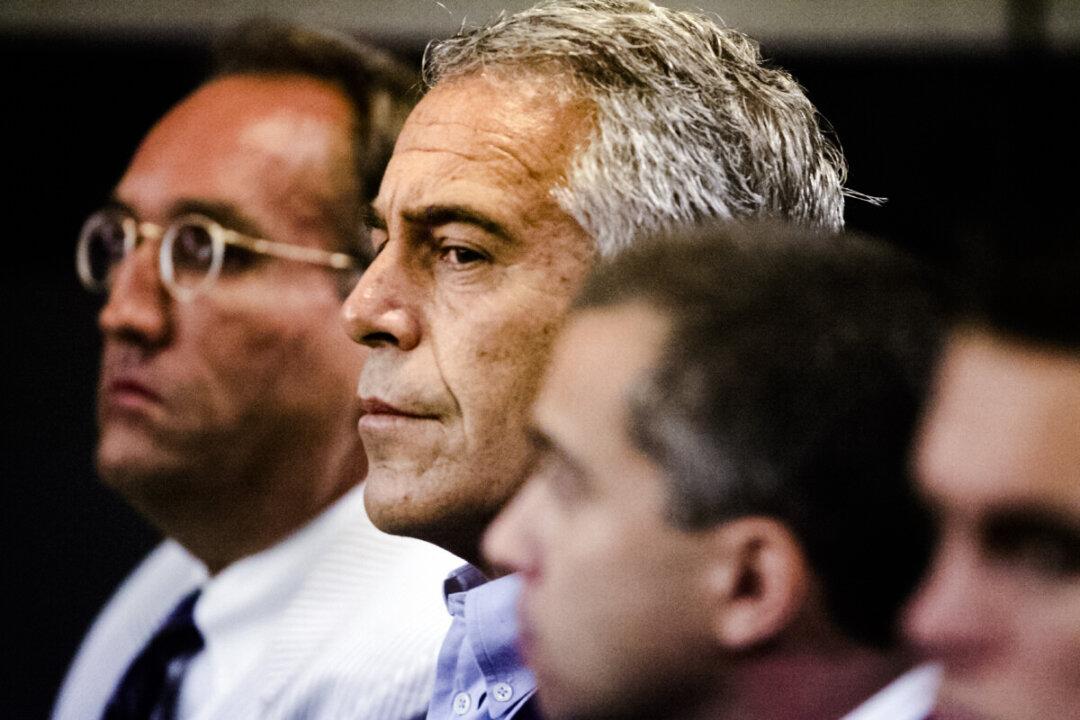A senior Pentagon official said on Wednesday that there were indications that Iran could potentially carry out aggressive actions in the future, amid simmering tensions between Iran and the United States.
Tensions in the Gulf have risen since attacks on oil tankers this summer, including off the coast of the United Arab Emirates, and a major assault on energy facilities in Saudi Arabia. Washington has blamed Iran, which has denied being behind the attacks.





